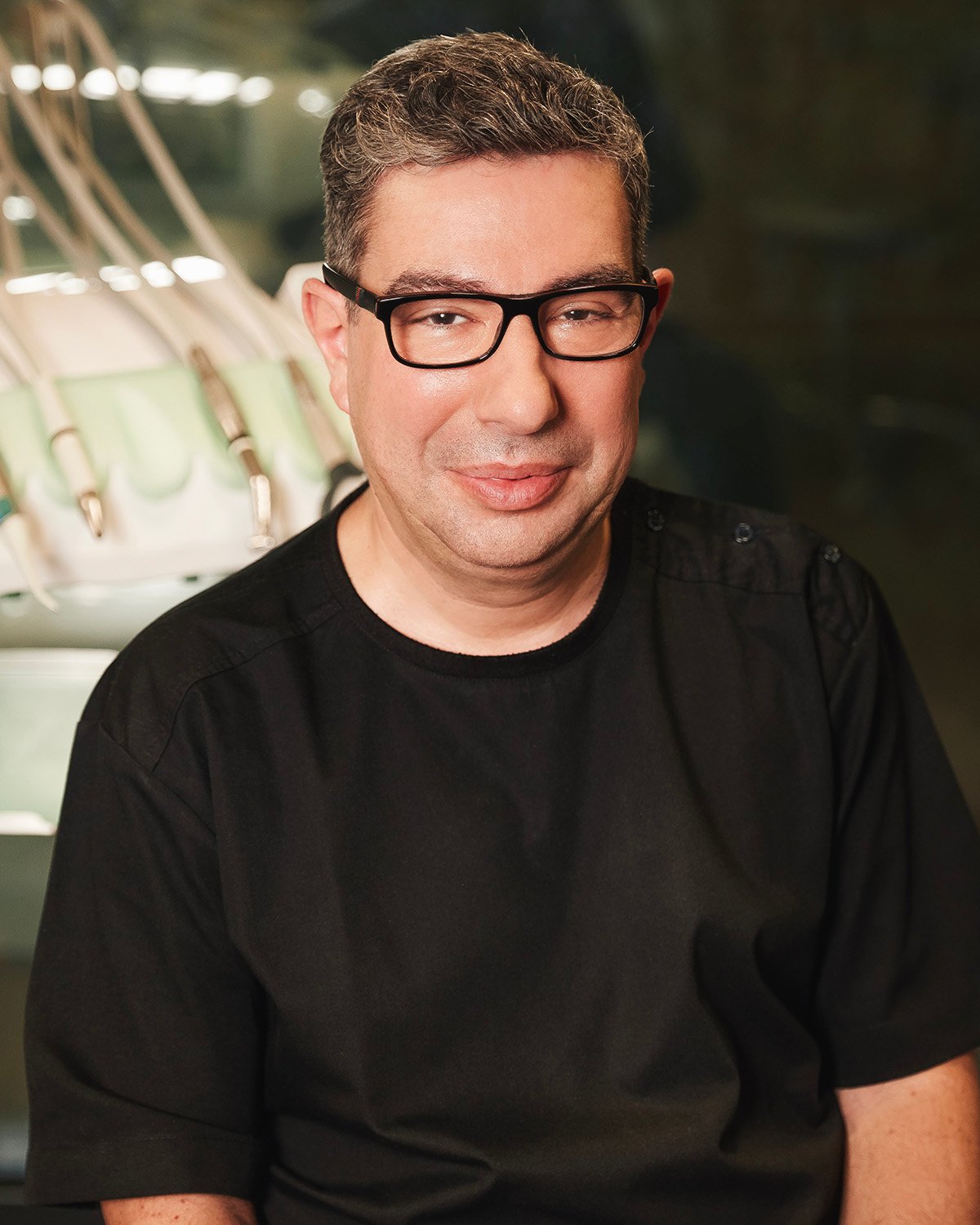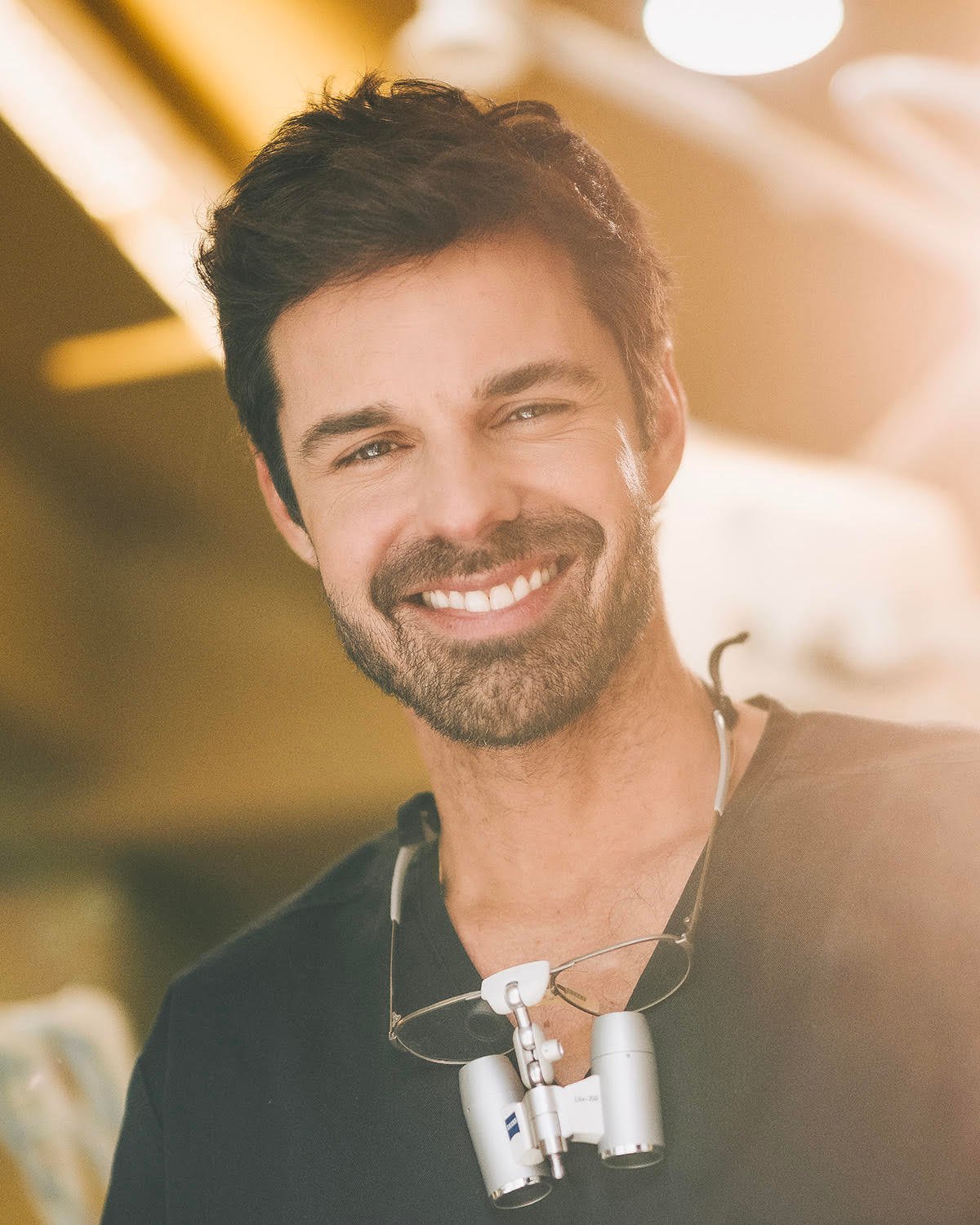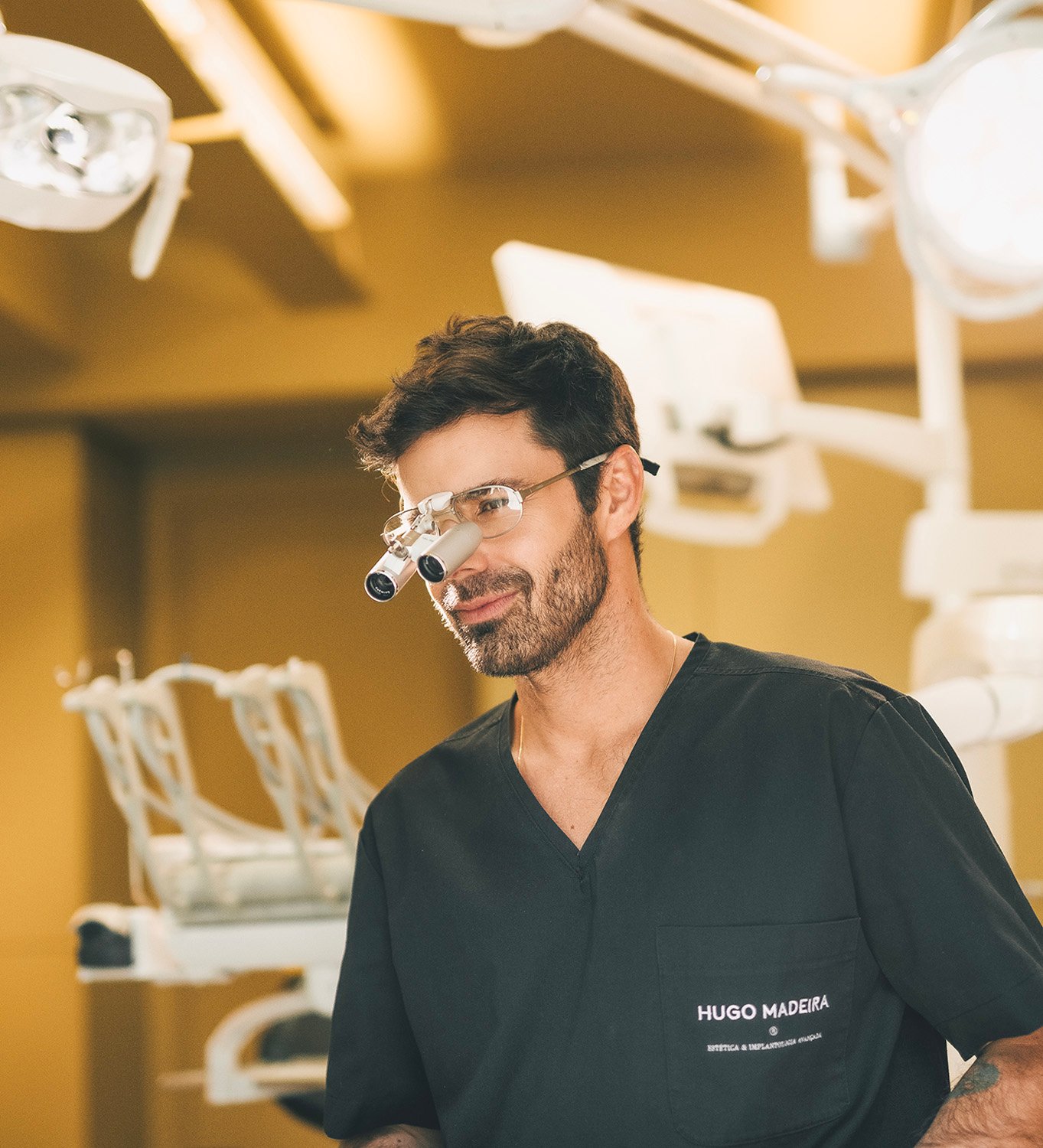Dental Implants
Oral Implantology and Lifelong Smiles
The absence of teeth, whether partial or total, significantly impacts our well-being. It affects chewing, speaking, breathing and the appearance of our smile, compromising our physical and mental health.
When it is not possible to recover a person’s natural teeth, Oral Implantology is the foundation for the restoration of dental function and aesthetics in the long term. Generally speaking, this is because dental implants are the treatment option that resembles natural dentition the most, both in physiological and comfort terms. In addition, they offer results that, with proper care, can have great longevity.


Prof. António Duarte Mata
Dentist

Dr Catarina Martinho
Medical Doctor Dentist

Dr. Diana Bernardo de Macedo
Medical Doctor Dentist

Dr. Hugo Madeira
Dentist

The Total Fixed Prosthesis
In cases of total or severe tooth loss, it is necessary to replace the entire dentition. Thus, instead of placing dental implants for each lost tooth, the most appropriate solution is total fixed prostheses.
Depending on bone availability, 4 or more implants are placed per dental arch to support a fixed total prosthesis, usually consisting of 12 teeth.
About 1 day elapses between the surgery and the placement of the provisional fixed prosthesis, and this is the maximum period that, as a rule, the patient remains without teeth. The provisional fixed total prosthesis is screwed to the respective dental implants, where it remains for about 6 months.
Finally, definitive rehabilitation occurs when a definitive fixed total prosthesis replaces the provisional fixed total prosthesis. This type of oral rehabilitation is fixed and stable, approximating the aesthetics of natural teeth.
Beautiful smiles with the ultimate technology
After diagnostics, the first step towards the recovery of the smile through Oral Implantology is planning the new smile. Technology plays an essential role in oral rehabilitation.
The intraoral scanner allows the oral cavity to be mapped and the surgery to be virtually planned, always combined with the information provided by the radiographic examination. With the help of the software, it is possible to determine the ideal location, inclination and depth of the dental implants, considering the patient’s bone morphology. This makes the surgical procedure safer and painless.
Even before the surgery occurs, it is carried out on the computer, and all dental implants are digitally pre-planned. In this way, virtual surgical planning allows the surgery to be simpler, more precise and quicker.

